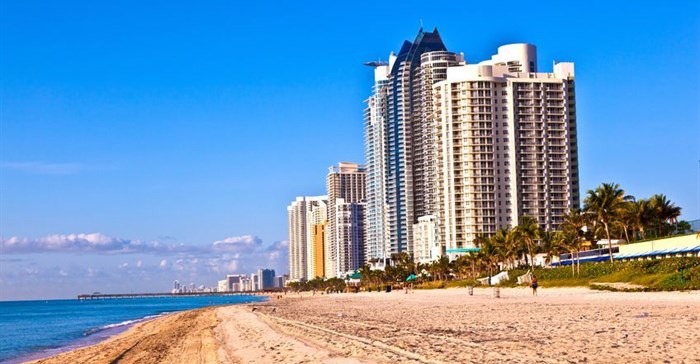
Top stories






LegalKenyan court postpones case seeking to halt Diageo's $2.3bn sale of EABL
Duncan Miriri and Emma Rumney 1 day
More news












High supply growth during the past five years has placed pressure on hotel performance in Sub-Saharan Africa, yet the outlook in the medium term is positive, with a more sustainable pipeline and stronger demand fundamentals. This was one of the interesting facts presented by Nijnens at the forum, attended by local and international hotel investors in Africa.
Nijnens said that investors in the hotel sector in Sub-Saharan Africa are positive about the outlook for the sector, yet they also acknowledge that finding suitably yielding opportunities is more difficult today. Investors are increasingly looking at niche segments, new secondary markets and value-add acquisitions to reach their return targets.
The report confirms expectations for hotel trading to remain under pressure during the balance of 2018 and in 2019, as new rooms continue to be absorbed into the market. Nijnens said that despite a muted trading environment in many markets, there is evidence that well placed, distributed, branded, and developed products can consistently outperform the market. “New segments such as serviced apartments and branded economy hotels hold strong returns prospects,” he said. “For investors looking at the market, the wide spectrum of market prospects and asset performance brings both opportunities and challenges.”
JLL forecasts annual investment into hotel development of $1.7bn in 2019, with investment sales in 2018 of $350m and increasing to $400m in 2019. Nijnens adds, “We expect liquidity and trading of hotel assets to continue and this will improve pricing transparency in the market and reduce ownership risk. Value add strategies will be the most successful approach to acquisitions as there is a lack of well-priced quality assets available for trade.”
Development returns are highest when focused on disrupting the sector or when addressing emerging demand and differentiating projects. Brand conversions present strong revenue upside prospects and they are well supported by the international brands in the current climate.
The report also looks at lending on hotel developments in Sub-Saharan Africa, identifying that banks have continued to be prudent in their lending and conservative in their leveraging. “They are however becoming increasingly savvy, with more of a dedicated focus towards the asset class,” says Nijnens, “and are showing positive intent to get to grips with the sector. As lenders become increasingly knowledgeable, it will result in the most feasible projects receiving funding.”
Another trend is the number of new lenders entering the sector through their existing relationships with diverse real estate players, which is deepening the lender pool. With a clear market opportunity, Nijnens says the next few years will be interesting to watch to see whether alternative and mezzanine lenders will enter the sector.
Regional markets are increasingly diverse and out of sync, and the prospects and risks across the region vary immensely. In 2018, hotel performance has been mixed across the region, largely due to the impact of new supply entering the markets, as well as external demand pressures. West Africa has seen the most improvement in performance with commodity pricing on the up and many economies thriving. East Africa has experienced good demand growth, yet occupancy has been under pressure due to recent supply growth. Performance in Southern Africa is stagnant as a result of the economic slowdown in South Africa, as well as the impact of the drought in Cape Town. Indian Ocean performance continues to be very strong with an excellent outlook.
From a macro-economic perspective, the Sub-Saharan regions continue to make progress and are increasingly featured on investors’ radars. This, despite global sentiment impacted by slower growth, high oil prices and fears surrounding the unwinding of the US Federal Reserve’s balance sheet. Tom Mundy, head of research, JLL Sub-Saharan Africa, pointed out that “good quality assets, in sound locations with reliable income streams, remain attractive to investors. Improving transparency on the continent, while gradual, will underpin the investment case for real estate in Africa”.
The outlook for hotel investment in Sub-Saharan Africa in the medium and long term is positive. Developing cities with high supply growth were always going to place pressure on performance and this is now being felt. Nijnens concludes that “this pressure is resulting in an evolution of investment strategies to the region, and those who read the markets well, create relevant product, and innovate in their approach to the sector will reap the reward.”
The full report is available for download here.